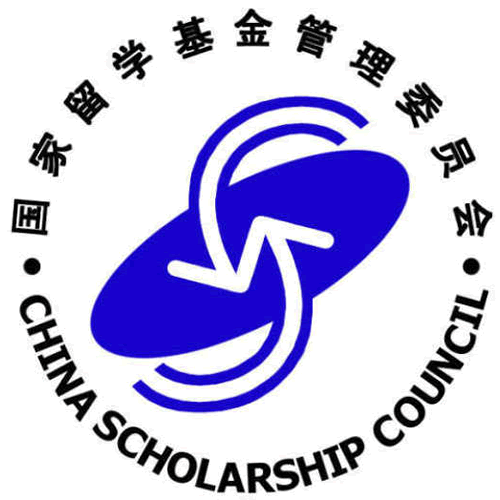PhD Research Studentships
Low cost ceramics for passive daytime cooling
| Supervisor: | Haixue YAN |
| Apply by: | 29 January 2025 |
| Start in: | September (Semester 1) |
Description
The cooling of buildings is currently responsible for about 20% of total electricity worldwide and it is estimated that the electricity needed for cooling will more than triple by 2050. Climate change is increasing the need for cooling of buildings. Reducing cooling load reduces the electricity consumption and CO2 emissions.
Passive daytime radiative cooling (PDRC) technology is energy-efficient and eco-friendly without any pollution or energy consumption, which represent one of the greatest opportunities recently to address the urgent climate change issue, which can reduce up to 60% of the energy needed for building cooling by applying PDRC materials to the building envelope. This can significantly reduce the cooling load of buildings and therefore electricity consumption and CO2 emission, particularly important for the peak time during daytime.
The development of a PDRC material with both high cooling performance and practicality for outdoor application is challenging. PDRC materials using nanophotonic structures are limited by its high cost and difficult processing, whereas polymer based materials are lack weather resistance. Ceramic materials can open opportunity to address the challenges of PDRC materials for outdoor long-term applications.
The aim of this project is to develop low cost PDRC ceramics with both high cooling performance and high reliable stability. The cooling performance of PDRC materials is related to two key factors including high reflectivity within the solar spectrum (0.3 to 2.5 mm) and high infrared (IR) emissivity within the atmospheric transparency window (8 to 13 mm). The high reflectivity is related to low sunlight absorption which is related to high band gap and optimised porous structure enabling enhanced Mia scattering. High infrared emissivity of PDRC materials within the atmospheric transparency window is intrinsically associated with chemical bonds of compositions which show infrared active modes from 8 mm to 13 mm. This project will use earth abundant oxides to develop low cost porous ceramics with compositions/structures with wide band gap and rich infrared-active vibrational modes in the atmospheric transparency window to achieve high cooling performance.

Funding
Funded by: China Scholarship CouncilCandidate will need to secure a CSC scholarship.
Under the scheme, Queen Mary will provide scholarships to cover all tuition fees, whilst the CSC will provide living expenses and one return flight ticket to successful applicants.
Eligibility
- The minimum requirement for this studentship opportunity is a good honours degree (minimum 2(i) honours or equivalent) or MSc/MRes in a relevant discipline.
- If English is not your first language, you will require a valid English certificate equivalent to IELTS 6.5+ overall with a minimum score of minimum score of 6.0 in each of Writing, Listening, Reading and Speaking).
- Candidates are expected to start in September (Semester 1).
Contact
For informal enquiries about this opportunity, please contact Haixue YAN.
Apply
Start an application for this studentship and for entry onto the PhD Materials Science full-time programme (Semester 1 / September start):
Please be sure to quote the reference "SEMS-PHD-621" to associate your application with this studentship opportunity.
| Related website: | https://www.sems.qmul.ac.uk/staff/h.x.yan/research/ |
| Keywords: | Inorganic Chemistry, Energy Technologies, Manufacturing, Ceramics, Materials Science - Other, Solid State Physics |

